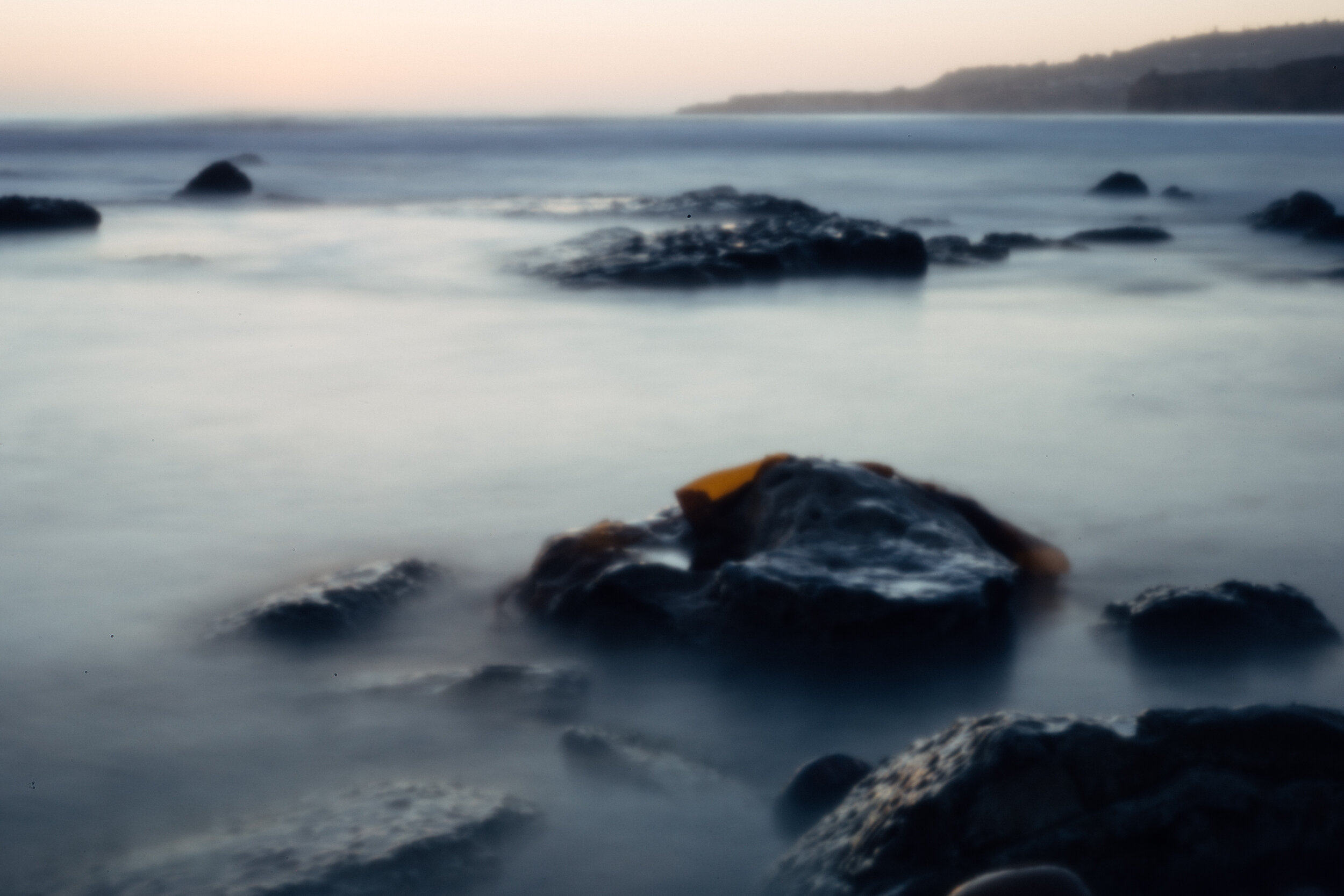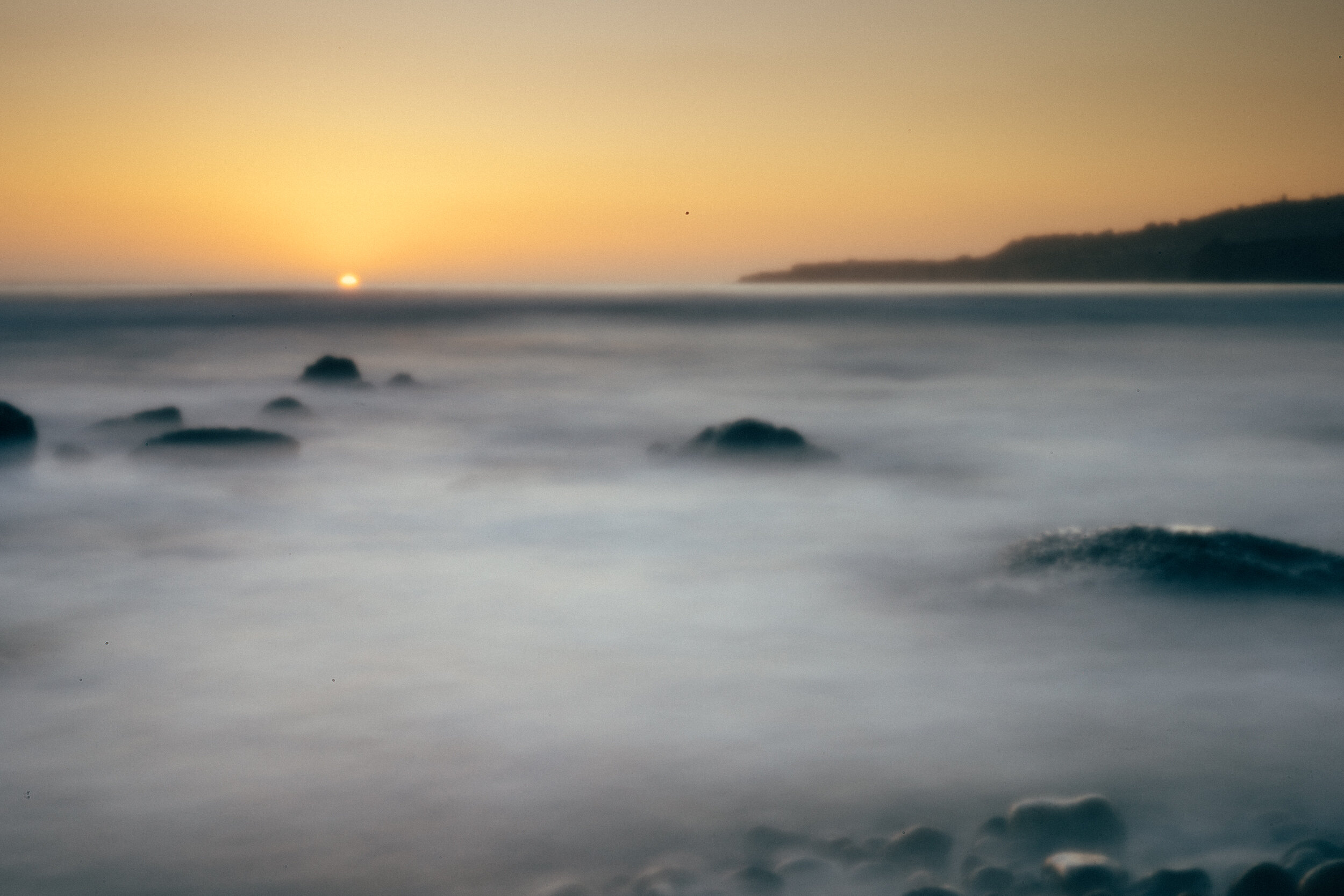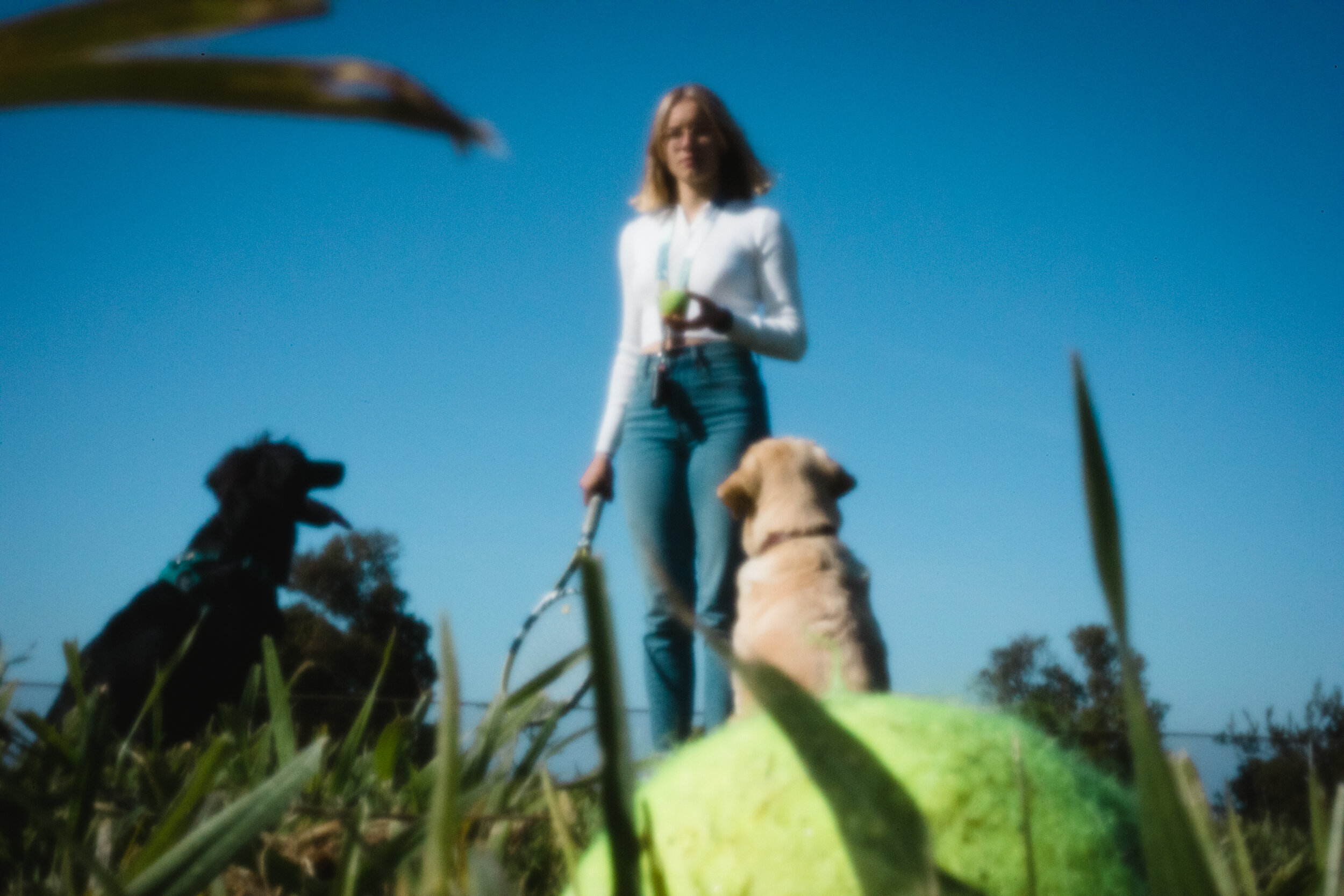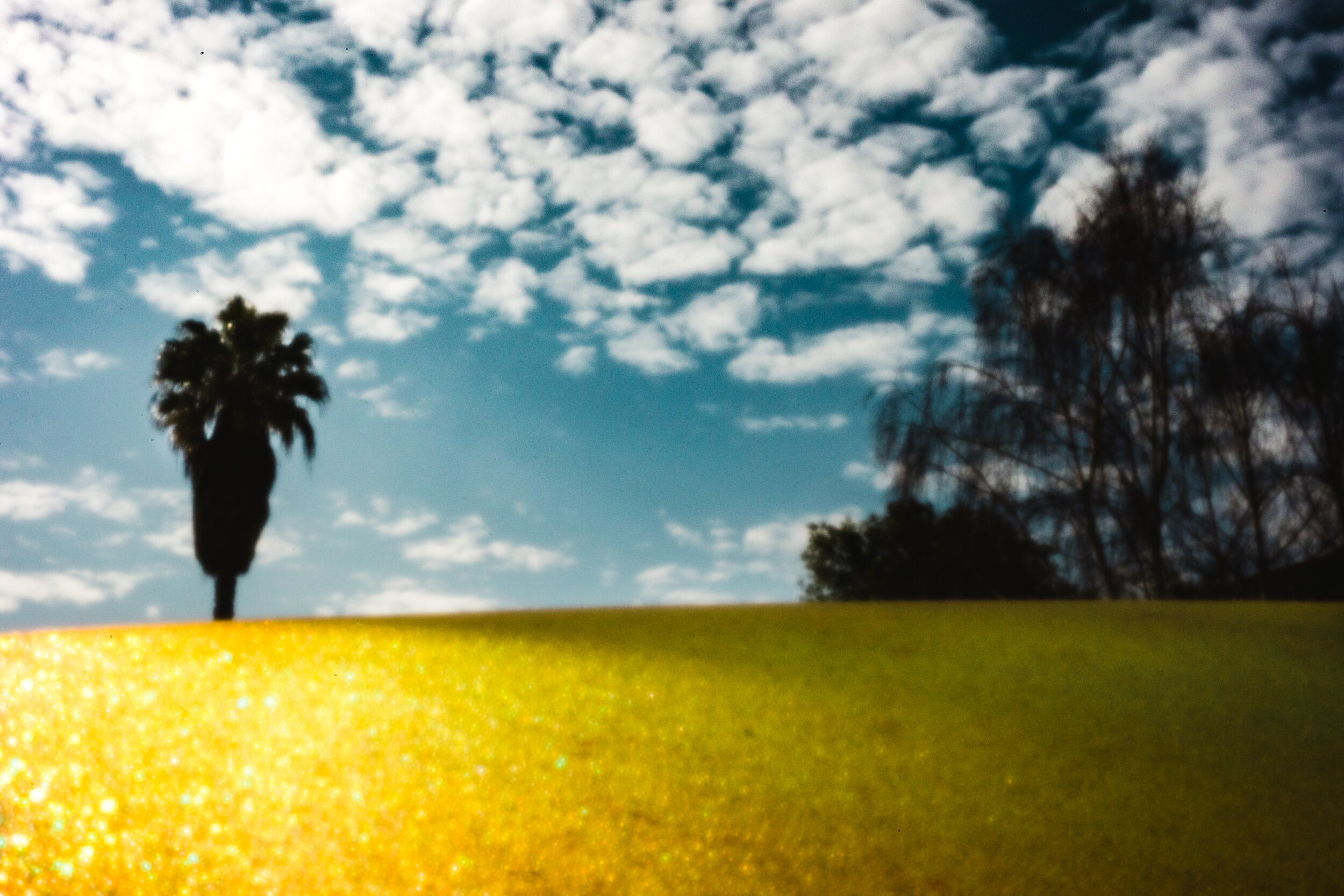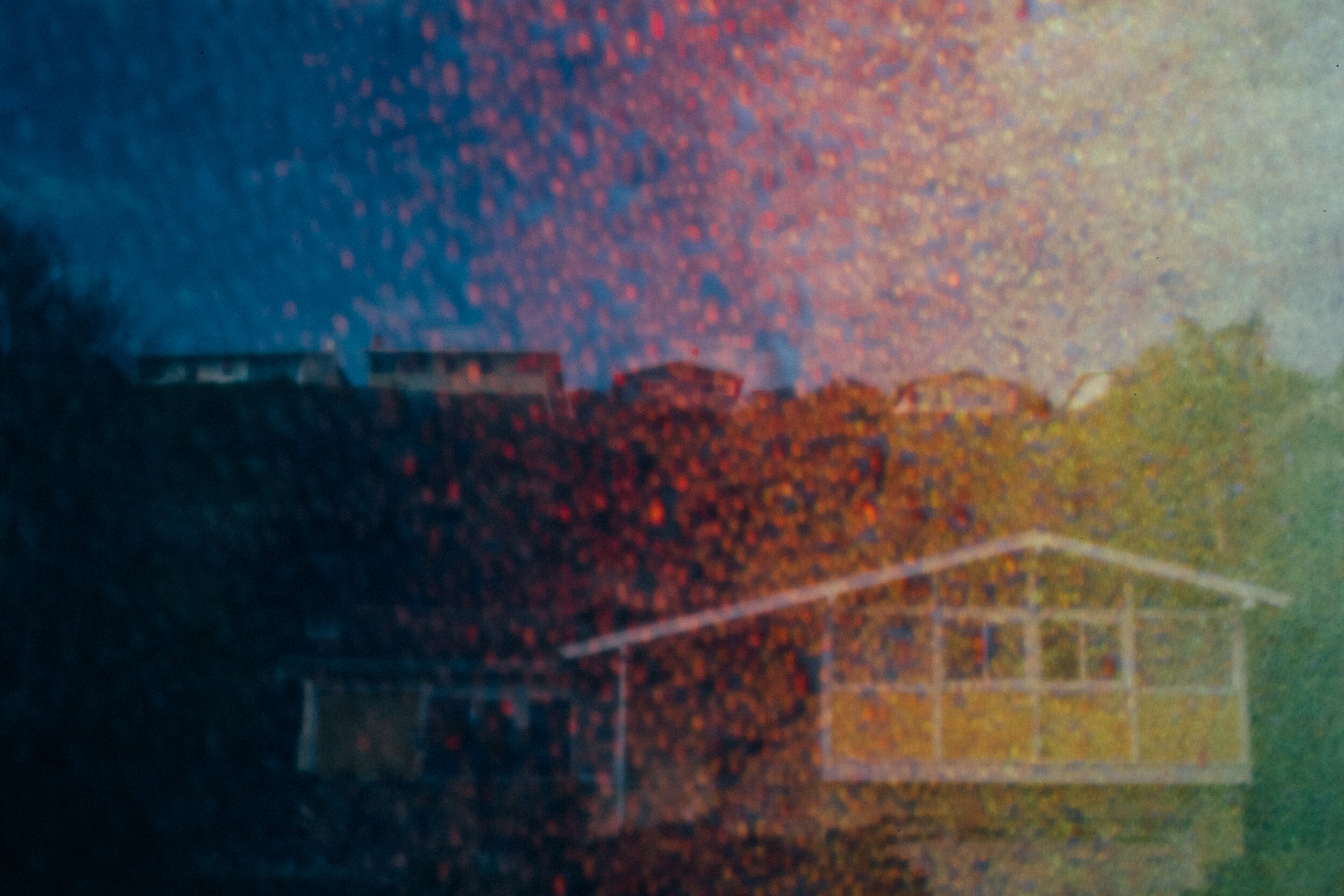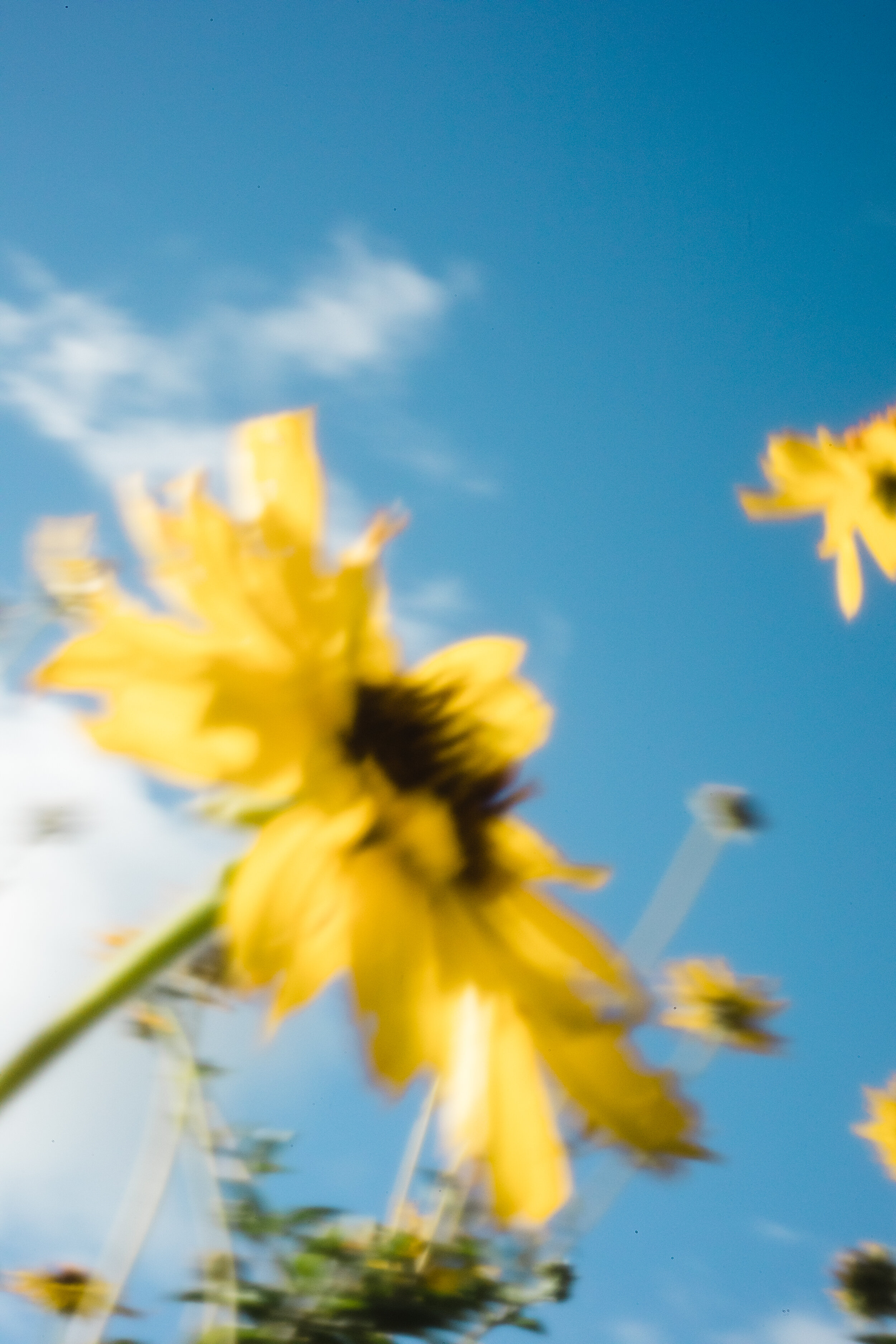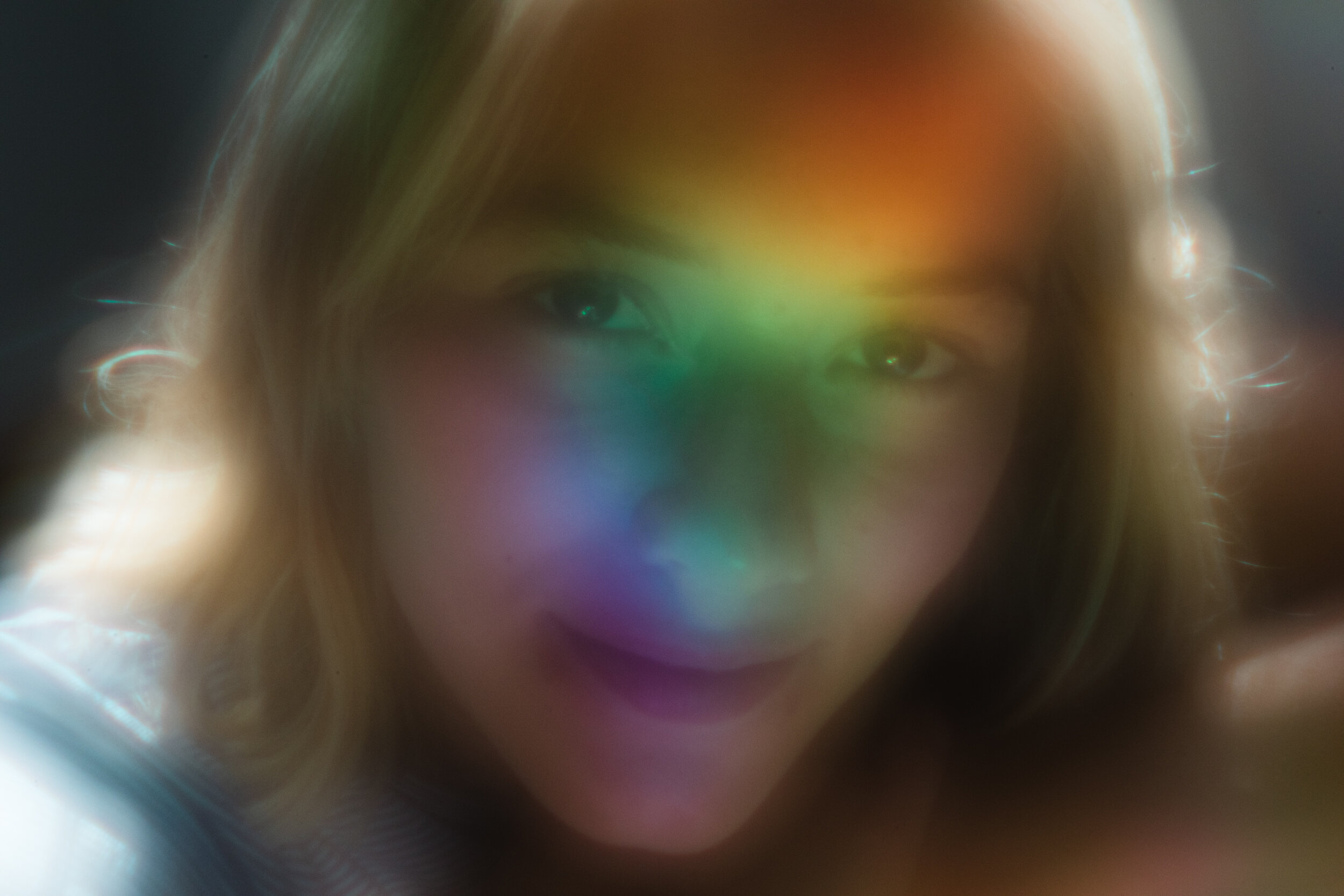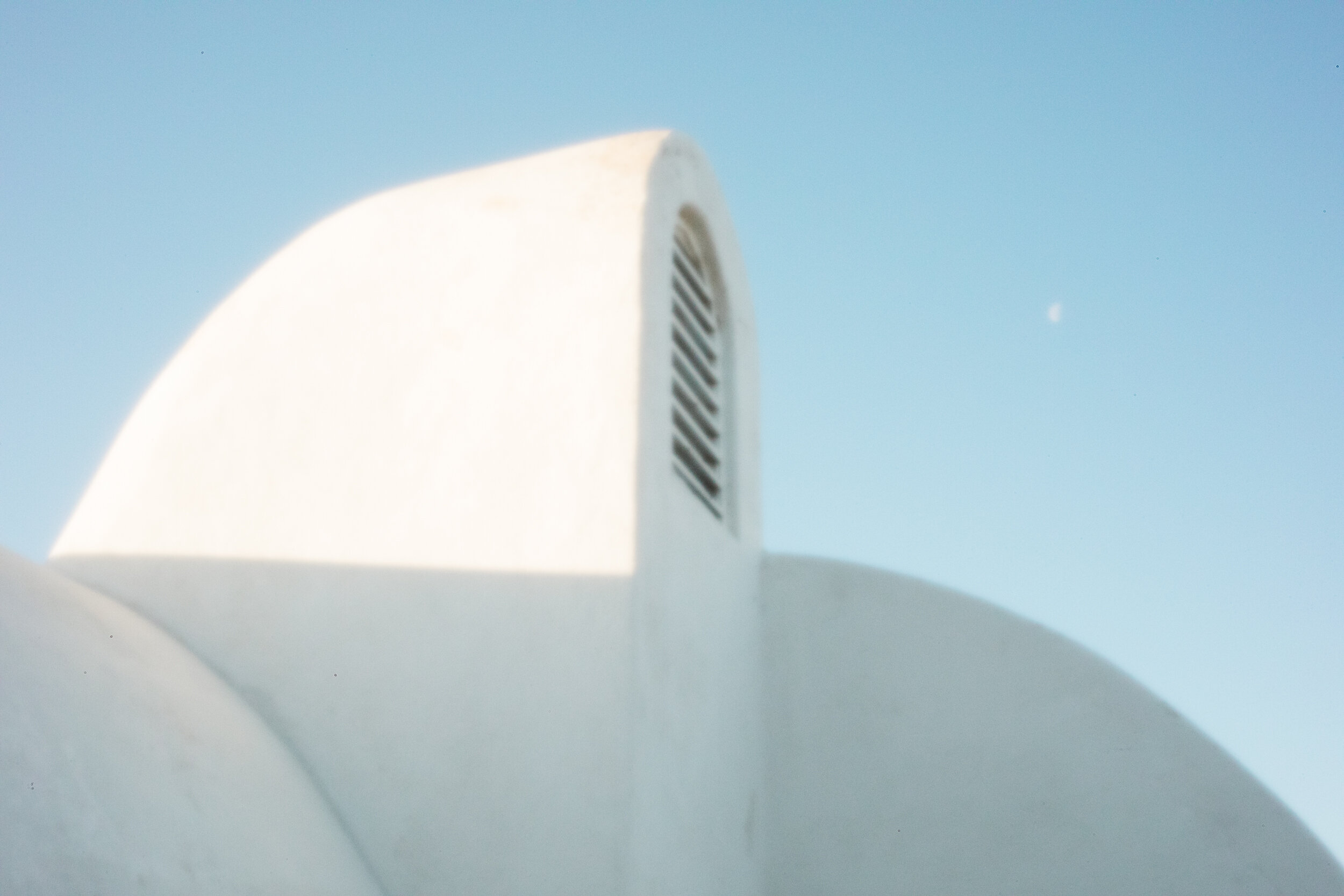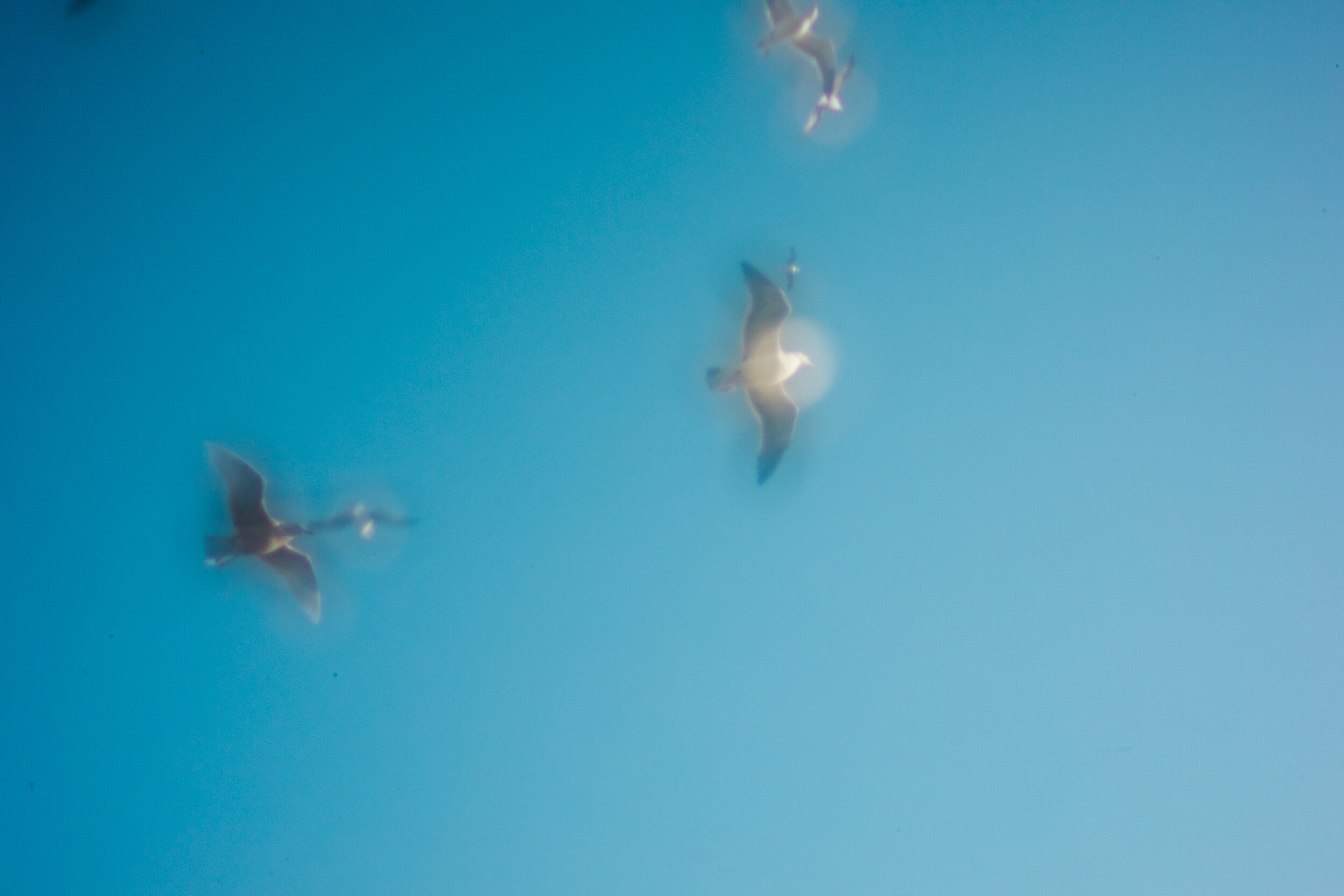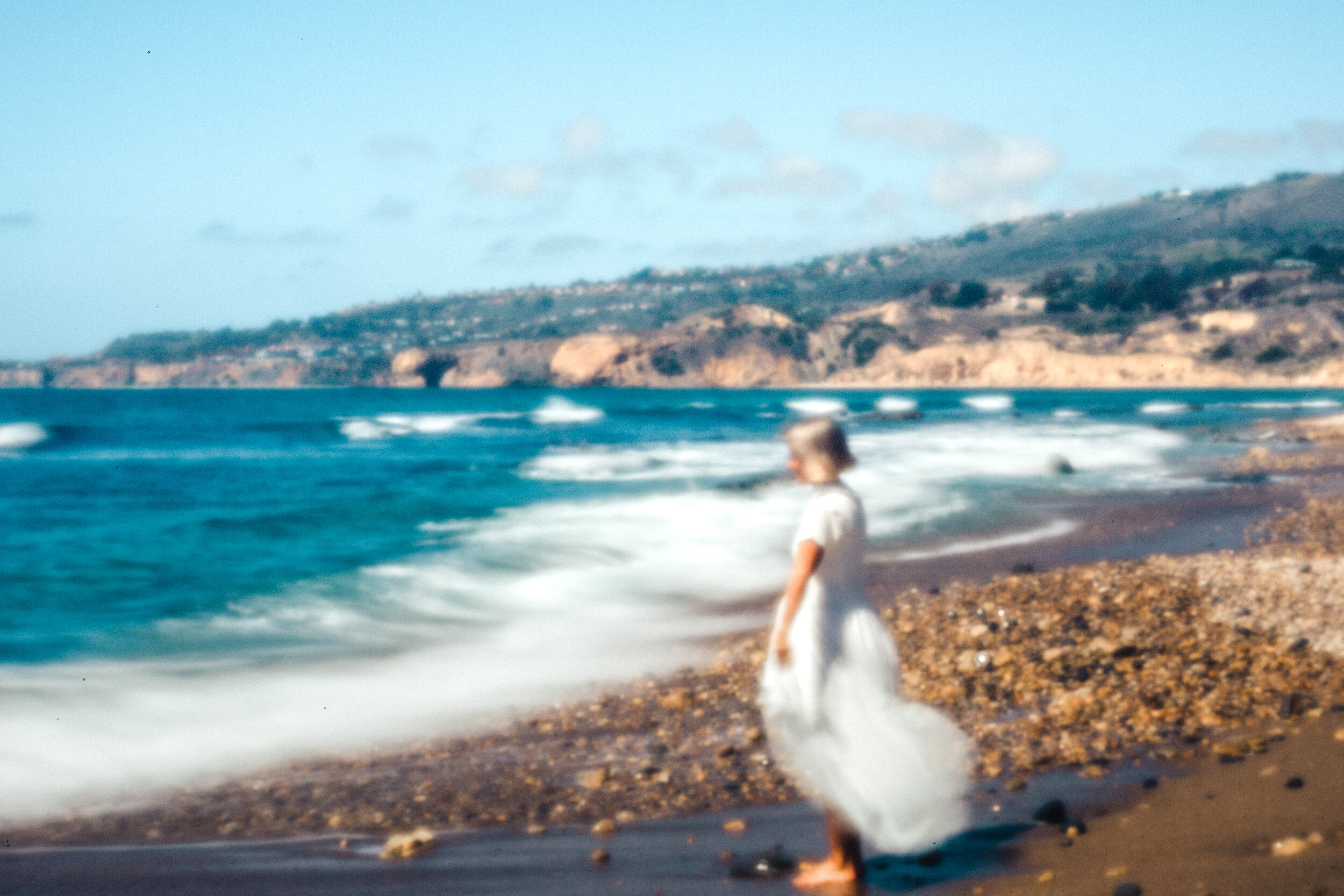How can the Camera Obscura Technique be used in modern photography?
Did you know that Camera Obscura, which is latin for dark chamber, is the term for a photography technique that can be considered the origin of modern photography? I recently discovered this ancient technology again when Lensbaby released their newest product, a pinhole lens, which I got to beta-test over the last few months. It surprised me to learn that modern photography has roots far older than a few centuries. But is any of this still relevant?
To help you understand what I’m talking about, let me give you a brief introduction to pinhole photography. Imagine a dark and empty room with a small pinhole in one wall. The light that comes through that pinhole projects a scene from outside on the opposite wall. This scene is upside down because of physical laws, but an accurate depiction of the outside world.
Historical Background
Illustration of portable Camera obscura, in Kircher's Ars Magna Lucis Et Umbrae (1645)
Philosophers and scientists have been intrigued by this phenomenon since before the Bible was written, and it eventually led to the development of the modern day camera. Although we have now developed high-tech and lightweight cameras, the Camera Obscura concept was never forgotten, and is still used by photographers all around the world. Here’s what I have learned about this brand-new technology yet ancient technique over the last few months.
Technical Information
Typically the term pinhole photography refers to lensless photography, where a tiny hole replaces the lens. When light passes through the tiny hole it develops film in a dark chamber. The device I have been using for the last few months is Lensbaby’s brand-new lens that mimics the Camera Obscura effect even though it technically is a lens that works with modern DSLR’s or mirrorless cameras. The lens offers three aperture choices, ranging from f/32 to f/161. As you can imagine this translates into really long exposure times and requires either the use of a tripod or high ISO numbers to get a good exposure.
My Personal Experience
The first thing I learned was about focus and depth of field. Strictly speaking, pinhole cameras have no focal lengths but instead have an infinite depth of field. In the beginning I found this irritating because it conflicted with my previous knowledge of photography, but later it became liberating as it sparked my creative curiosity.
Typically pinhole photography is used for dark and moody landscapes, so that was the first thing I tried with my Camera Obscura. I packed my tripod and exposure meter and went to the beach. The resulting long exposures have a unique, dream-like quality and feel very vintage.
Want to see the lens in action? Here's a video I created for Lensbaby when the Camera Obscura was launched. You'll see how this technique plays with light, blur, and mystery in a beautifully intentional way.
After that first trip I was hooked. The time spent at the beach, waiting for my camera to finish a three minute long exposure, with nothing else to do but enjoying the scenery, ignited my passion for this newfound medium. At the same time, I knew I needed to find a more practical way of using this style of photography. I wanted to capture moving subjects without a tripod while creating brighter colors. I started raising my ISO to a level I normally wouldn’t associate with daylight photography. For the next few weeks I took the lens everywhere and explored our daily life. I even started incorporating some double-exposures into these pictures.
Over time I learned that this kind of photography requires bright daylight. That discovery allowed me to explore a new genre. Until then my favorite time of the day for photography had been early morning hours or late afternoons - the so-called golden hour.
Shooting with the Camera Obscura needs either really long exposure times to compensate for the small aperture sizes or a LOT of light. Midday and blue skies are ideal for this kind of photography. As a side effect of my newfound love for midday photography, I found myself paying a lot more attention to composition and colors. Instead of working with bokeh and backlight, I started dabbling with long exposure photography. Modern cameras and their shorter exposure times require Neutral Density filter for long exposures when working around noon. But with the Camera Obscura, you don’t need to add a filter if you are at the smallest aperture of f/161. Later I added ICM (Intentional-Camera-Movement) to the long exposures. This new kind of photography has given me a lot of freedom and I highly recommend trying it out for yourself.
What I’ve Learned from Using the Camera Obscura
Working with the Obscura lens has completely shifted how I experience photography—especially during midday, when the light is often too harsh for traditional gear. With this tool, I learned to embrace the mystery, the blur, and the way light spills across the frame in unexpected ways.
This lens encourages a slower, more intentional way of seeing—like journaling with your camera. It’s perfect for beach walks, city shadows, and quiet moments that might otherwise go unnoticed.
If you're curious about other ways to bring creative freedom to your photography, check out some of my other favorite techniques:
Have you tried Camera Obscura photography or used the Obscura lens? I’d love to hear what you discovered. Feel free to comment below or tag me on Instagram @californialover. Let’s keep exploring together!
With light and curiosity,
Ute




